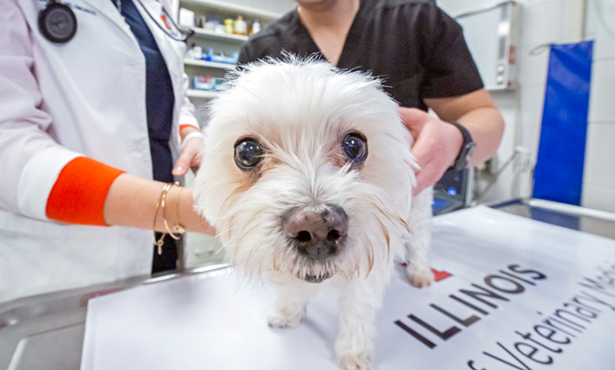Make a Careful Decision to Get The Right Coverage for Your Furry Friend
It’s traumatic enough taking your pet for an unplanned veterinarian visit, but when you add how costly treatment is on top of that, it’s enough to make nearly anyone feel anxious.
Regardless of your pet’s age, breed, or type, it’s likely they – and your bank account – would benefit from the best pet health insurance plan.
The answer to which one is the best isn’t cut-and-dried; the one that is right for you may not be right for other pet parents you know. To find the best, you’ll need to do some research on your own and consider your lifestyle so you can make an informed decision.

Pet Health Insurance 101: A Beginner’s Course
Pet health insurance works similarly to your own health insurance. You pay a monthly premium to maintain coverage, and then your plan covers certain types of care and veterinary visits should your pet fall ill or get hurt.
Premiums, coverage, annual limits, and deductibles all apply to pet health insurance, so it’s time for you to get to work comparing plans against your financial situation, how much you normally pay in care bills, and your pet’s age and overall health.
Step One: Understanding Coverage
Not every pet insurance plan provides the same coverage, and you want to be prepared for any medical conditions your pet is prone to based on their breed, size, or age. Some plans cover percentages of preventative care, like vaccines or teeth cleanings, but not all do. And if you want one that does, you’ll need to pay a bigger monthly premium – more on that next.
Let’s Talk Costs
Your premium – the amount you pay every month to maintain coverage – is just one dollar amount you’ll want to keep in mind as you compare pet health insurance plans. You’ll also need to compare:
- The annual limit, which is the most your plan will reimburse you. Usually, the annual limit is between $3,000 and $10,000, but sometimes they’re unlimited. Unlimited plans tend to have higher premiums.
- The annual deductible, or the amount of money you’ll need to pay before you begin to get reimbursed. Choose the deductible that works best for you, but keep in mind the higher the deductible, the less expensive the monthly premium, and vice versa.
- The reimbursement percentage, or the amount you’ll get back on your veterinary bills. Reimbursement percentages start around 70 percent and go up, and certain types of care may have a different reimbursement rate. In general, the higher the reimbursement rate, the more pricey the monthly premium will be.
Which Should You Buy?
Unfortunately, no one can advise you on the best pet health insurance plan for you. Only you can estimate your future expenses and analyze your financial situation.
Review last year’s vet bills, think about your pet’s age, and choose the coverage that you believe reimburses you the amount you need.
With so many options on the market, you’re sure to find a plan that works for you. Just remember to carefully review plans and compare them against each other to make sure you’re getting what you need before you commit to purchasing.

Ruth is all about pet style. She’ll help you and your furry friend turn heads with the latest trends in pet fashion.












